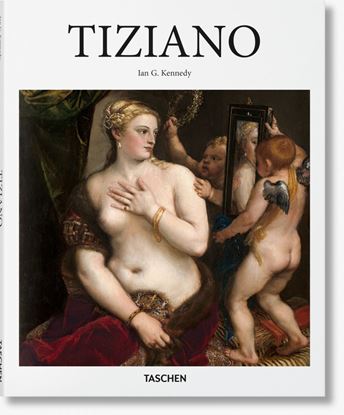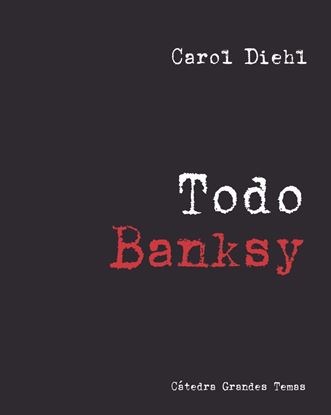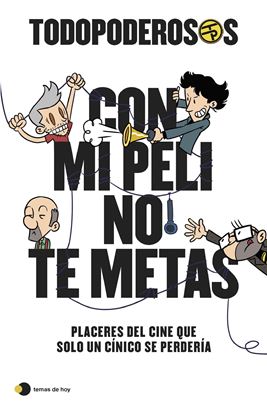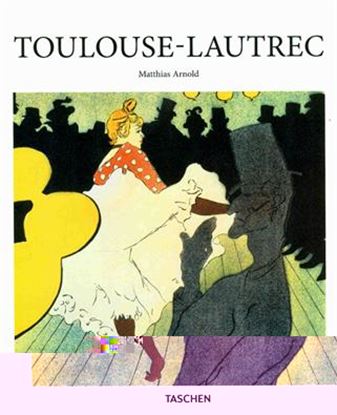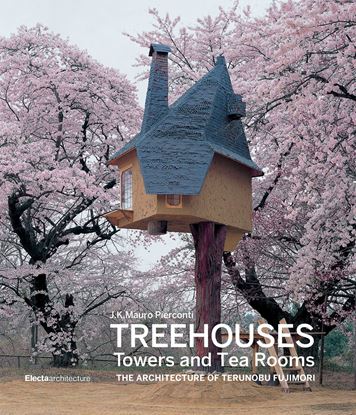

TODO BANKSY
Banksy es el artista vivo más famoso del mundo, pero nadie conoce su identidad. Durante más de veinte años, sus pinturas irónicamente políticas y de humor negro han aparecido misteriosamente en las paredes urbanas de todo el mundo generando titulares y controversia. Los críticos de arte lo desprecian, pero el público (y el mercado del arte) lo aman. Con este libro, generosamente ilustrado, la artista y crítica Carol Diehl es la primera autora en sondear las profundidades del misterio de Banksy. A través de la exploración de sus pinturas, instalaciones, escritos y la película "Exit Through the Gift Shop (Pase por la tienda de recuerdos antes de salir)", nominada a los Oscar a la mejor película documental, Diehl demuestra inequívocamente que Banksy es más que pintura en la pared.
1,700
1,360
TODOPODEROSOS: CON MI PELI NO TE METAS
Cine y humor de la mano del podcast cultural con la comunidad más sólida de España.
El primer libro de Todopoderosos.
Todos tenemos películas supuestamente malas que no podemos dejar de ver una y otra vez. Cintas denostadas por público y crítica que, por diversos motivos, se nos han quedado pegadas, se han ganado un lugar en nuestro corazón.
Armados de argumentos, referencias y sentido del humor, Juan Gómez- Jurado, Rodrigo Cortés, Javier Cansado y Arturo González-Campos defienden en este libro este tipo de películas. A través de joyas desconocidas, placeres culpables, obras nostálgicas y bodrios divertidísimos, nos invitan a reconectar con el cine más allá de puntuaciones y tendencias efímeras para vivirlo como lo que es: una experiencia intelectual pero, sobre todo, emocional.
900
720
TOP SECRET. CINE Y ESPIONAJE
La primera obra consagrada a la fructífera relación entre el espionaje y el cine, las series de televisión o incluso los dibujos animados, desde la película Protea, dirigida por Victorin Jasset en 1913, a los trabajos de Fritz Lang, Alfred Hitchcock, Kathryn Bigelow, Brian de Palma, John Huston o Laura Poitras.
Organizado por orden alfabético, este libro ofrece además entrevistas en exclusiva con realizadores como Olivier Assayas, Arnaud Desplechin y Éric Rochant, o con la actriz y chica Bond Léa Seydoux, así como textos perfectamente documentados sobre la historia que ha entrelazado al cine con el espionaje.
Se muestran los resortes de la geopolítica mundial a través de James Bond, Jason Bourne, Argo, Misión Imposible, Shiri… o de series como Homeland, The Spy o Le Bureau des légendes [Oficina de infiltrados].
1,850
1,480
TOULOUSE-LAUTREC (BA-ART)
Este libro esencial sobre la figura de Toulouse-Lautrec recorre un universo de cantantes, bailarinas, músicos y prostitutas para descubrir a un artísta dotado de un gran empatía, una habilidad figurativa sorprendente y una sensibilidad única para captar la energía y las historias propias de una ciudad.
1,350
1,080


